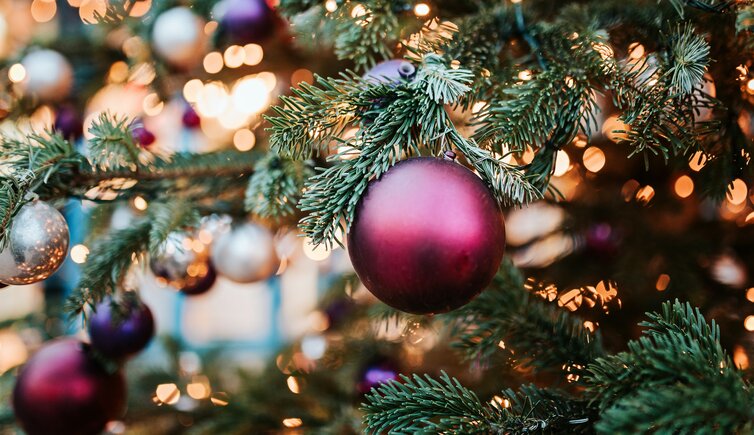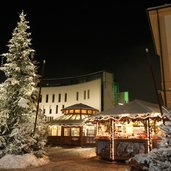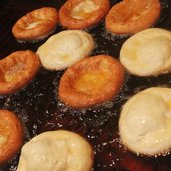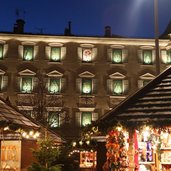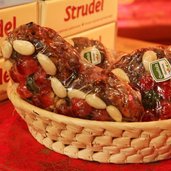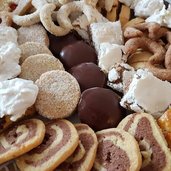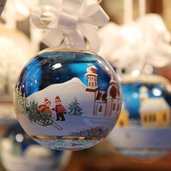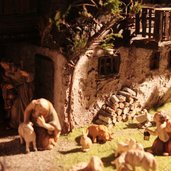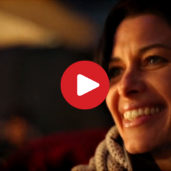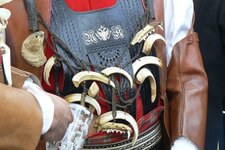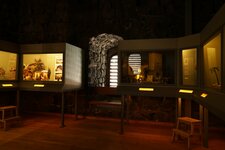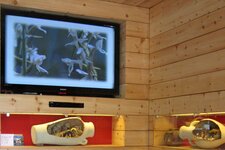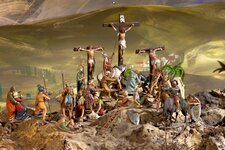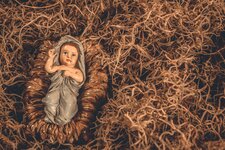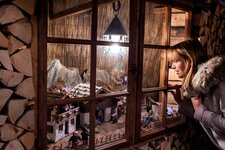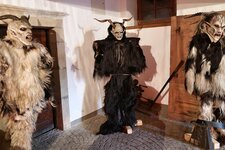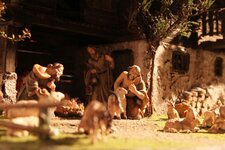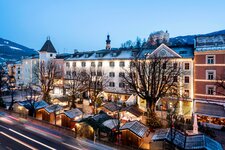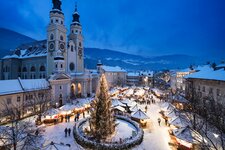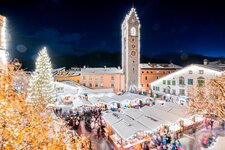The Advent period and Christmas holds a variety of customs in South Tyrol, including Advent wreaths and nativity scenes
Image gallery: Christmas Customs
The "quiet time of the year" starts already some days before the beginning of the Advent period, when on the Thursday preceding the first Sunday of Advent the 5 Original South Tyrol Christmas Markets are inaugurated. To be precisely, these are the ones of Bolzano, Merano, Bressanone, Vipiteno and Brunico. Every Sunday in Advent, however, in South Tyrolean homes the candle on the Advent wreath is lit, Christmas carols are sung and Christmas stories are read. Moreover, around the 5th and 6th December there are the traditional St. Nicholas moves and Krampus runs, where devil-like creatures with wooden masks and goatskin are up to mischief.
But also Christmas cookies play their role in the local Christmas customs - they can look back on a long history. It started in pre-Christian times, when the winter solstice was traditionally celebrated on December 25 with the so-called "Opferbrot" (sacrificial bread, literally) to drive away evil spirits. When this celebration was converted to the now known Christmas celebration, that bread was replaced by the "Christmas Stollen". This fruit bread, however, was reserved for those who could afford the special ingredients such as spices and dried or candied fruit. Farmers prepared a cheaper and easier version: cookies made of sugar, flour and butter.
And what would be Christmas without the lovingly decorated Christmas tree and the traditional nativity scene? The Val Gardena valley is known beyond the borders for its wooden sculptures, above all the beautifully carved nativity figures. It is, in fact, not without reason that there are four crib collections in South Tyrol: in Bolzano, in Laion, in Sesto and in Lutago. The nativity scene represents the birth of Jesus, and this story is perfectly suited to shorten the time to the arrival of the Christ Child. It secretly brings the presents to the children on the Christmas Eve, December 24. Pleasant events such as the "Nativity Scene Exhibition in San Paolo", the so-called "Living Nativity Scenes" or Christmas concerts create an atmosphere of enchantment also outside the house.
After Christmas, in one of the Twelve Nights, the traditional incense burning is celebrated to drive away evil spirits. These Twelve Nights, known as "Rauhnächte", end with the Twelfth Night before January 6. On Epiphany, the carol singers - that's to say children dressed up as The Three Kings - go from door to door to bless the house and to leave incense and chalk. The inscription C-M-B, the first letters of the Three Kings' names, should protect the farmsteads in the oncoming year.
